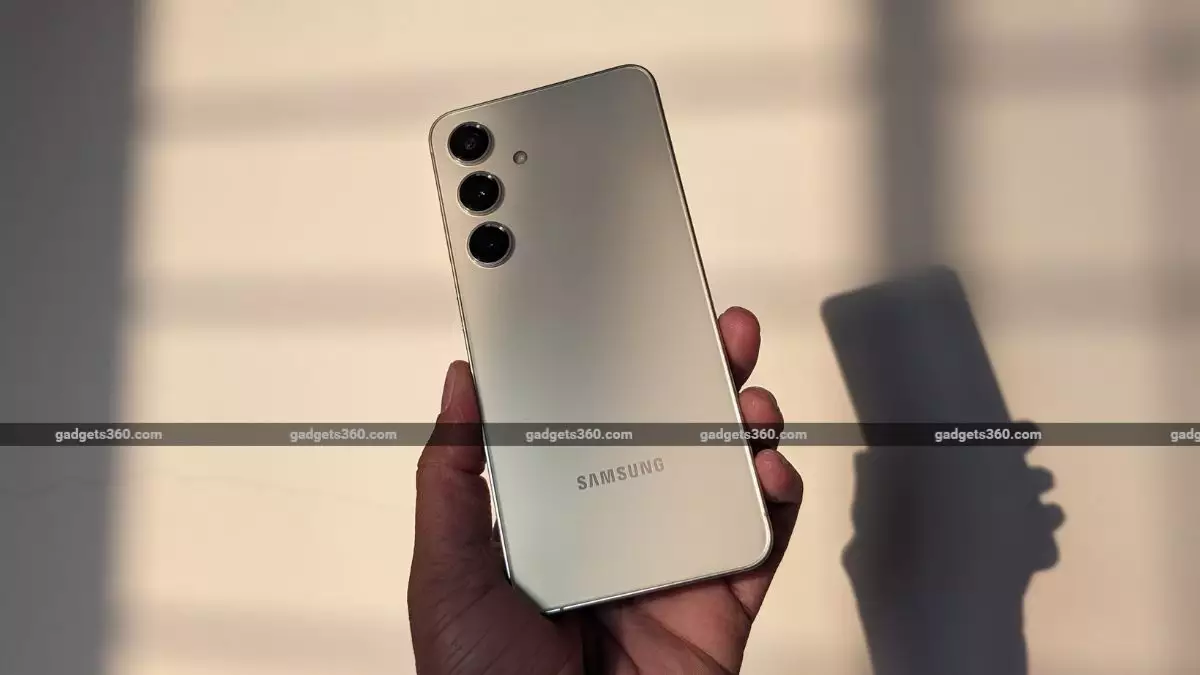As the smartphone market continues to evolve, manufacturers are increasingly prioritizing aesthetics and portability in their flagship devices. Apple and Samsung, two titans of the industry, are preparing to introduce ‘slim’ versions of their latest models, the iPhone 17 Air and the Samsung Galaxy S25 Slim. This shift indicates a trend toward thinner devices, suggesting that consumer preferences are now heavily leaning towards elegance without compromising functionality.
However, this quest for slimness comes with significant trade-offs. Reports indicate that the iPhone 17 Air and Galaxy S25 Slim will feature notably smaller battery capacities than their bulkier counterparts, likely ranging from 3,000 to 4,000mAh. This reduction could lead to compromised battery life, creating a potential concern for users who depend on their smartphones for prolonged periods. Users may find that despite their appealing designs, the operational longevity falls short, especially when compared with the recently released models from Chinese OEMs that boast more substantial power supplies, some exceeding 5,000mAh.
While Chinese manufacturers are adopting advanced Silicon-Carbon technology to enhance battery efficiency and energy density, major players like Apple and Samsung appear to be lagging in this innovation. The implications of using traditional battery technology manifest in the reduced performance of the new slim models, raising questions about whether the allure of ultra-thin designs is worth a compromised user experience. As capacities shrink, it becomes crucial for these companies to strike a balance between design and day-to-day functionality.
Set to launch in September alongside other models in the iPhone 17 series, the iPhone 17 Air is rumored to be the thinnest iPhone to date, measuring approximately 5.5mm. This design could preclude the inclusion of a physical SIM card slot in favor of eSIM technology, aligning with the trend towards more streamlined devices. Specifications suggest a vibrant 6.6-inch OLED display featuring 120Hz ProMotion technology and Apple’s Dynamic Island, which could very well outweigh some concerns regarding battery constraints. In terms of photography, the iPhone 17 Air might deploy a single 48-megapixel rear camera and a sophisticated 24-megapixel front camera, keeping Apple competitive in the imaging department.
Conversely, the Samsung Galaxy S25 Slim is anticipated to mirror some of the Galaxy S25+ specifications, while also maintaining the slim profile. With an estimated thickness of under 6mm, it too carries the potential drawback of diminished battery performance. Furthermore, it’s projected to sport a 6.66-inch display alongside a particularly impressive camera setup, featuring a 200-megapixel primary camera complemented by a 50-megapixel ultra-wide angle and a 50-megapixel telephoto lens. This setup could mean that while the device remains visually striking, users might also sacrifice some practicality.
In sum, the emergence of ultra-thin flagship smartphones from Apple and Samsung signifies an intriguing intersection of design and technology. As these tech giants race to unveil their sleekest offerings, the inevitable challenge will lie in reconciling form with function. Users must discern whether the allure of aesthetics justifies potential functionality drawbacks. Ultimately, the future of smartphones might demand a reevaluation of what consumers truly value in a device: sleek design or enduring performance.

Leave a Reply